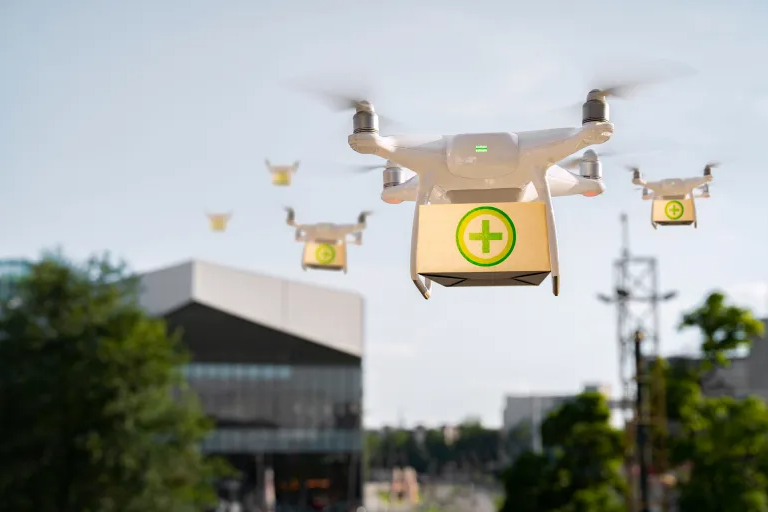
Catastrophic events and emergencies necessitate the implementation of preventive measures and rapid response protocols, prompting governments to urgently develop disaster management and control with greater professionalism.
In the past, emergency responders relied on traditional methods of transportation and search and rescue missions, which were often time-consuming, costly, and posed risks to responders.
Today, technology has brought us a unique responder – the drone, also known as an unmanned aerial vehicle (UAV), which has become a faster and more efficient means of disaster response. Drones can be used to quickly assess the situation, locate victims, and even deliver supplies and aid.
Benefits of Drones in Disasters:
- Rapid Deployment: Unlike helicopters, drones do not require landing spots; they can be launched quickly and easily from almost anywhere.
- Access to Remote Areas: Drones can reach remote and inaccessible areas, enabling responders to provide assistance to individuals in locations difficult to reach by other means.
- Comprehensive Area Surveillance: With aerial views provided by drones, responders gain a better understanding of the situation, aiding them in making quicker decisions.
- Faster Response Time: Due to modern technologies, drones provide real-time data, enabling responders to make informed decisions quickly and respond more effectively.
- Increased Safety: Drones reduce the risks faced by emergency responders by allowing them to be remotely controlled. Equipped with thermal sensors, drones can detect individuals in hard-to-reach areas such as rubble and tunnels during search and rescue operations.
Leave a Reply